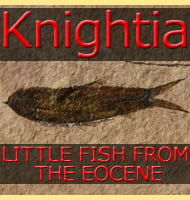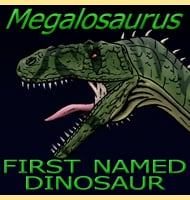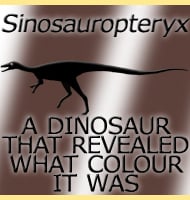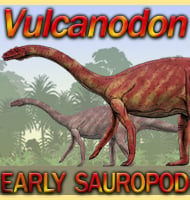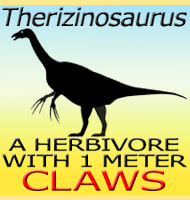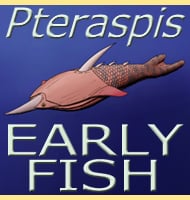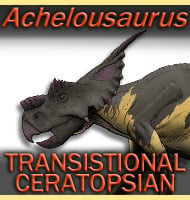In Depth
Phasmagyps is usually credited as being possibly the oldest member of the Cathartidae group of birds, better known as the New World Vultures. However because this genus is so far only represented by a partial leg bone, some researchers have questioned if it actually is a vulture. Additionally the genus is sometimes considered dubious because the overall lack of remains for the holotype will make it very difficult to assign new fossils to.
Further Reading
- Fossil Birds from the Oligocene of Colorado. - Proceedings of the Colorado Museum of Natural History 7 (2): 1–14. - Alexander Wetmore - 1927. - Fossil Birds of the Nebraska Region. - Transactions of the Nebraska Academy of Sciences and Affiliated Societies XIX: 83–96. - J. Ducey - 1992.

